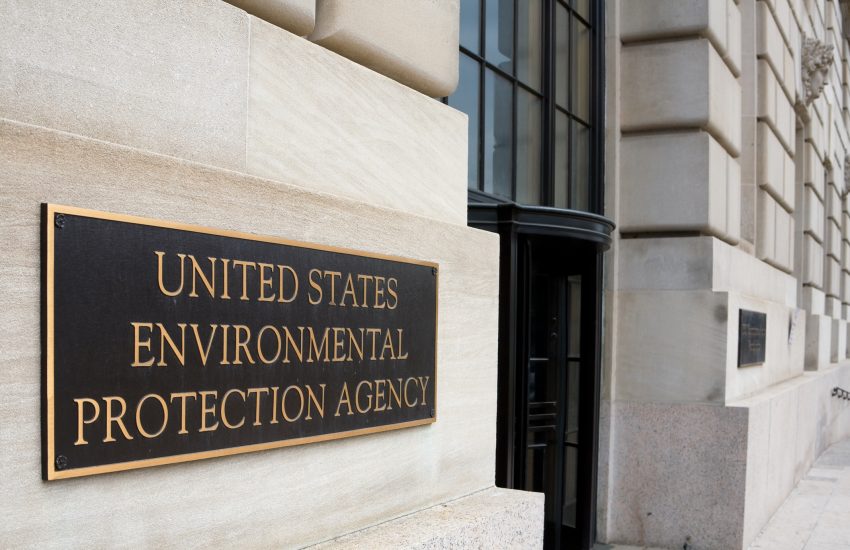While ringing in the New Year, the Environmental Protection Agency announced the addition of nine per- and polyfluoroalkyl (PFAS) substances to the list of chemicals covered by the Toxics Release Inventory (TRI) pursuant to the Emergency Planning and Community Right-to-Know Act (EPCRA), making them the latest PFAS that can no longer be claimed as confidential business information.
These chemicals include the following:
- Ammonium perfluorodecanoate (PFDA NH4) (3108-42-7)
- Sodium perfluorodecanoate (PFDA-Na) (3830-45-3)
- Perfluoro-3-methoxypropanoic acid (377-73-1)
- 6:2 Fluorotelomer sulfonate acid (27619-97-2)
- 6:2 Fluorotelomer sulfonate anion (425670-75-3)
- 6:2 Fluorotelomer sulfonate potassium salt (59587-38-1)
- 6:2 Fluorotelomer sulfonate ammonium salt (59587-39-2)
- 6:2 Fluorotelomer sulfonate sodium salt (27619-94-9)
- Acetic acid, [(γ-ω-perfluoro-C8-10-alkyl)thio] derivs., Bu esters (3030471-22-5)
Each year, facilities in designated industry sectors and federal facilities are required to report TRI data annually to the EPA if they manufacture, process, or use TRI-listed chemicals above certain quantities. The purpose of this requirement is to provide the public with additional information regarding how these facilities manage certain chemicals and whether they have been released into the environment or are managed as waste.
The 2020 National Defense Authorization Act (NDAA), passed by Congress on December 20, 2019, provides a framework for the automatic addition of PFAS to TRI each year based upon certain toxicity values. Therefore, for these nine newly added PFAS, TRI reporting forms will be due by July 1, 2026, for the 2025 TRI Reporting Year.
Additionally, these nine newly added PFAS (in addition to 196 other PFAS) are also subject to the EPA’s October 2023 action to classify all PFAS subject to TRI reporting as chemicals of special concern. Consequently, this removes the use of a de minimis reporting exemption that previously allowed facilities to avoid reporting information on PFAS when those chemicals were used in small concentrations.
Moreover, under NDAA section 7321(e), the EPA is required to review Confidential Business Information (“CBI”) claims before adding a PFAS to the TRI list if the chemical is subject to a claim of protection from disclosure under 5 U.S.C. 552(a). EPA previously identified Acetic acid, [(γ-ω-perfluoro-C8-10-alkyl)thio] derivs., Bu esters for addition to the TRI list based on the NDAA’s provision to include specific PFAS upon the NDAA’s enactment. However, due to CBI claims related to its identity, this PFAS was not added to the TRI list at that time. The identity of this chemical was subsequently declassified in an update to the Toxic Substances Control Act Inventory in May 2024. Because its identity is no longer confidential, it was added to the TRI list.
Therefore, as of Jan. 1, facilities that are subject to reporting requirements for these chemicals should begin tracking their activities involving these nine PFAS as required by Section 313 of EPCRA.

